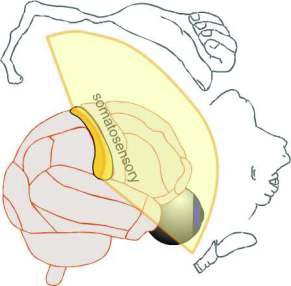
Sharing educational resources benefits instructors and students alike. Instructors benefit through exposure to the innovative approaches of their colleagues, and students benefit through access to a broad range of tools that help facilitate their learning. Sharing resources encourages collaboration, inspiration, and a healthy sense of competition.
Tutis Vilis, from the University of Western Ontario, uses Adobe Flash both in his research activities and his teaching. A self-taught programmer, Tutis uses Flash to create stimuli for the functional imaging of the visual system (see, for example, creating structure from motion), and he also uses it to teach Neurophysiology to medical students.
The course is freely available here.
Flash suits the subject matter well, as it allows Tutis to engage the senses by incorporating sound and motion into the lessons. There are twelve lessons in total—often entertaining, with an abundance of visual illusions and quizzes —and each lesson ends with a series of practice problems to help consolidate learning.
 Over the years, Tutis has refined his lessons, and he intends to turn them into an iBook this summer.
Over the years, Tutis has refined his lessons, and he intends to turn them into an iBook this summer.
BMC Medical Education wants to see your innovative approaches to teaching medical students. If you have some material you want to show off—a website, a lesson plan, a song—please send it to us at editorial@biomedcentral.com, and we might just highlight it in our blog.
Comments